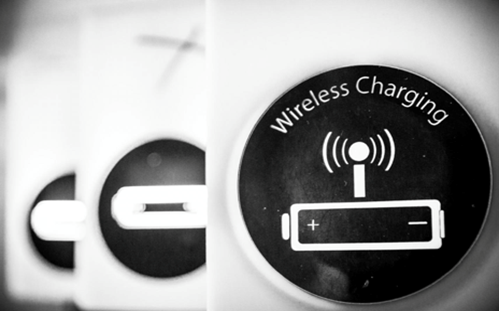
Control Strategy Energizes Wireless Charging
Wireless charging is common in consumer and medical electronics applications. Now, scientists have created a control strategy that dynamically changes transmitter currents for wireless charging in robots and electric cars.
In a recently published study, IEEE Transactions on Power Electronics, Incheon National University, Korea, scientists innovated a control strategy to maximize efficiency in multi-Tx wireless charging. By harnessing such relationships as the connection between the degree of coupling of each Tx to the Rx, its perceived or reflected impedance from the Rx, and the optimal current that should be fed.
Transferring wireless power with greater efficiency is commonly studied for single-Tx systems, but not using systems with multiple Tx coils. Multi -Tx is challenging as the Rx can be located anywhere over the surface covered by the Txs so that there is sometimes stronger coupling with some and weak coupling with others. This represents the first control scheme to optimize currents delivered to each Tx in real-time.
The researchers created a maximally efficient and relatively simpler method for multi-Tx wireless charging. Instead of locating the Rx with a position sensor and turning on the Tx closest to it, they found that the coupling degree of each Tx can be measured indirectly in real-time through impedance, allowing for dynamic output adjustment for each Tx coil to achieve maximum efficiency. The method was verified with receivers moving in real-time.
The upside is the potential elimination of large and heavy batteries that electric vehicles and industrial robots currently use, resulting in less cost and greater mobility.
